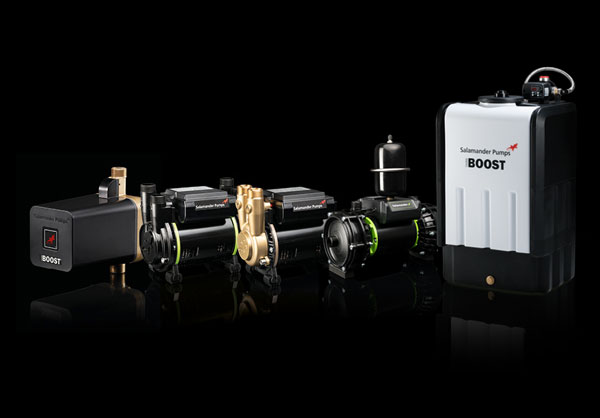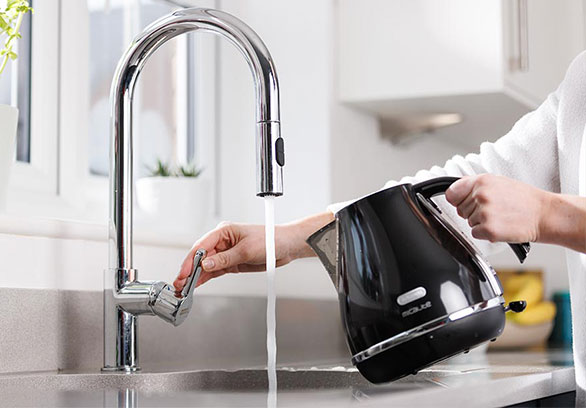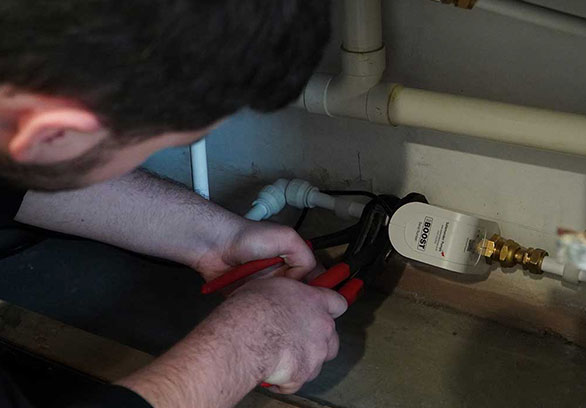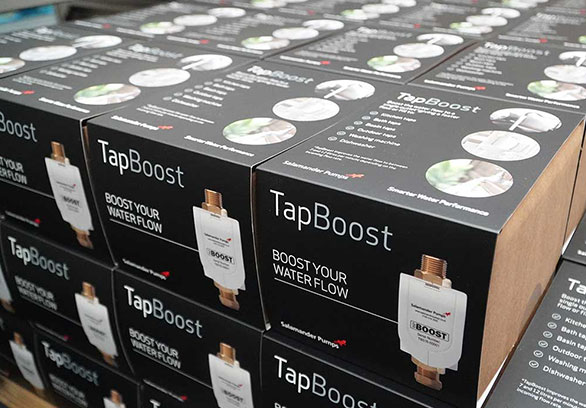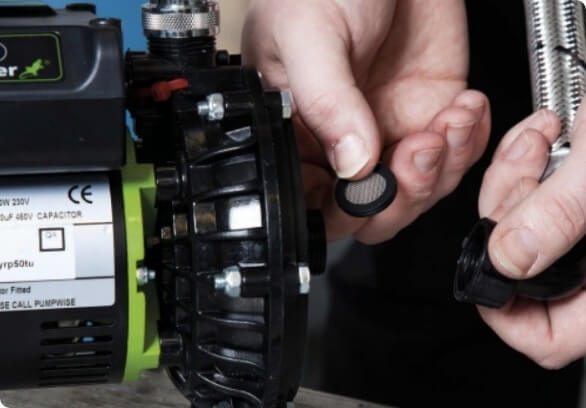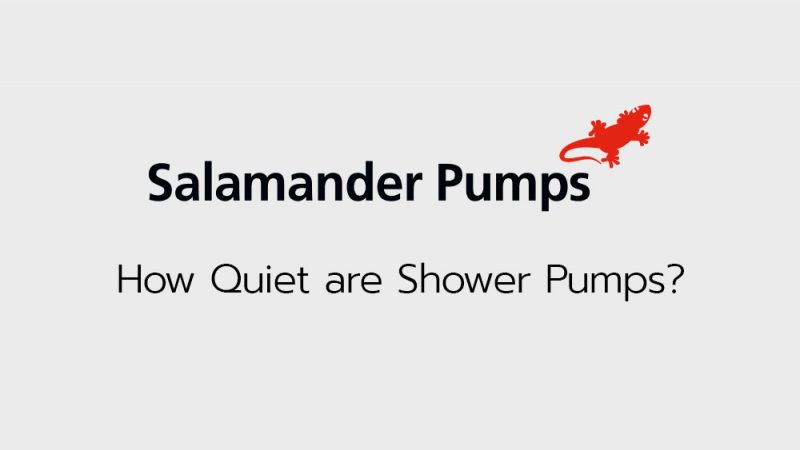Post-installation
How Quiet are Shower Pumps and Why Do They Make Noise?
Shower pumps provide an excellent method to improve water pressure across the home. When deciding which shower pump to install, noise can be an important factor. Here we explain why shower pumps make noise, why different types of shower pumps make different noises, and what you can do to ensure that your shower pump installation is as quiet as possible.
All shower pumps will make some noise, as water is being moved at a high speed and being thrust out of a pump. Depending on the type of pump, water will be moved in different ways and therefore pumps can make different noises.
Regenerative pumps, including our CT Xtra, CT Bathroom and CT Force ranges, have an impeller within the end of the pump, which spins 2800 times per minute. When the water enters the pump from the inlet it is whipped around the end of the pump by the impeller. The water is stripped from the impeller and is directed out the top of the pump by a stripping block, this gives the regenerative range a different noise to our centrifugal pumps.
Our regenerative range include some innovative technologies which have helped to reduce the noise of our pumps. One of the introductions is a specialised plastic which directs all of the vibration down to the feet of the pump. To reduce the vibration directed through the feet and to the base, all Salamander pumps are provided with noise reducing feet which dampen the vibration.
Centrifugal Pumps
Centrifugal pumps, including our Right Pump range, work differently to regenerative pumps. Water enters a centrifugal pump from the centre of the end of the pump, and fills up the impeller. The impeller spins and throws the water outwards, using centrifugal force, this creates a higher pressure in the overall chamber and forces water out the top of the pump. Because the water is being spun from the impeller and there is no physical action of stripping it, centrifugal pumps are quieter.
The innovations that have been introduced across our product range have allowed us to produce some of the quietest shower pumps in the UK, and therefore we have been awarded Quiet Mark on the vast majority of our pumps.
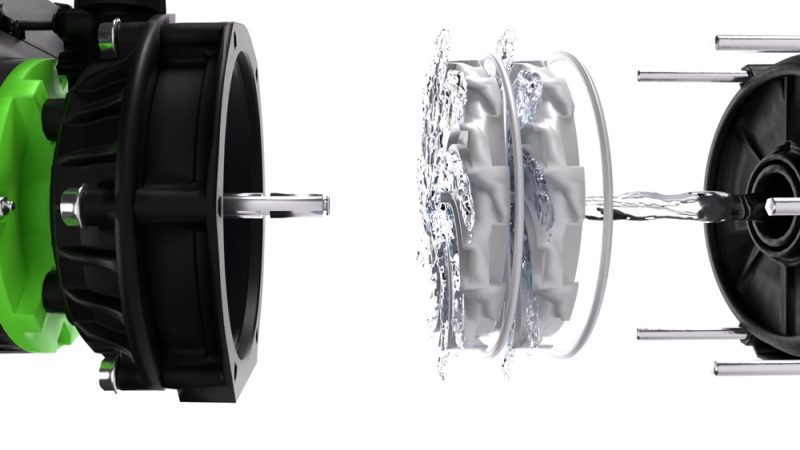
Centrifugal Pumps Animation | How Does A Centrifugal Pump Work?
Top Installation Tips for Reducing Noise
The installation of your shower pump can dramatically affect how noisy it will be. Some of the key things to consider are outlined below:
- Install a pump mat. The pump mat will reduce the vibration that is passed down from the pump and onto the surface the pump is sitting on.
- Fit the feet. All Salamander pumps come with feet, they will further reduce the vibration that is passed down onto the surface the pump is sitting on.
- Keep AV hoses straight. Hoses are able to flex, but we require that they aren’t bent more than 35°. It is important that there is no excess strain on them.
- Clip the pipework from the pump. Ensuring that the pipework is secure will reduce the vibrations transferring from the pump to the pipework.
Fit a flange. Flanges ensure that the water drawn from the hot water cylinder has minimal air in it, this is important as air makes the pump noisy. Reducing the amount of air entering the pump will help to keep the pump quiet.
